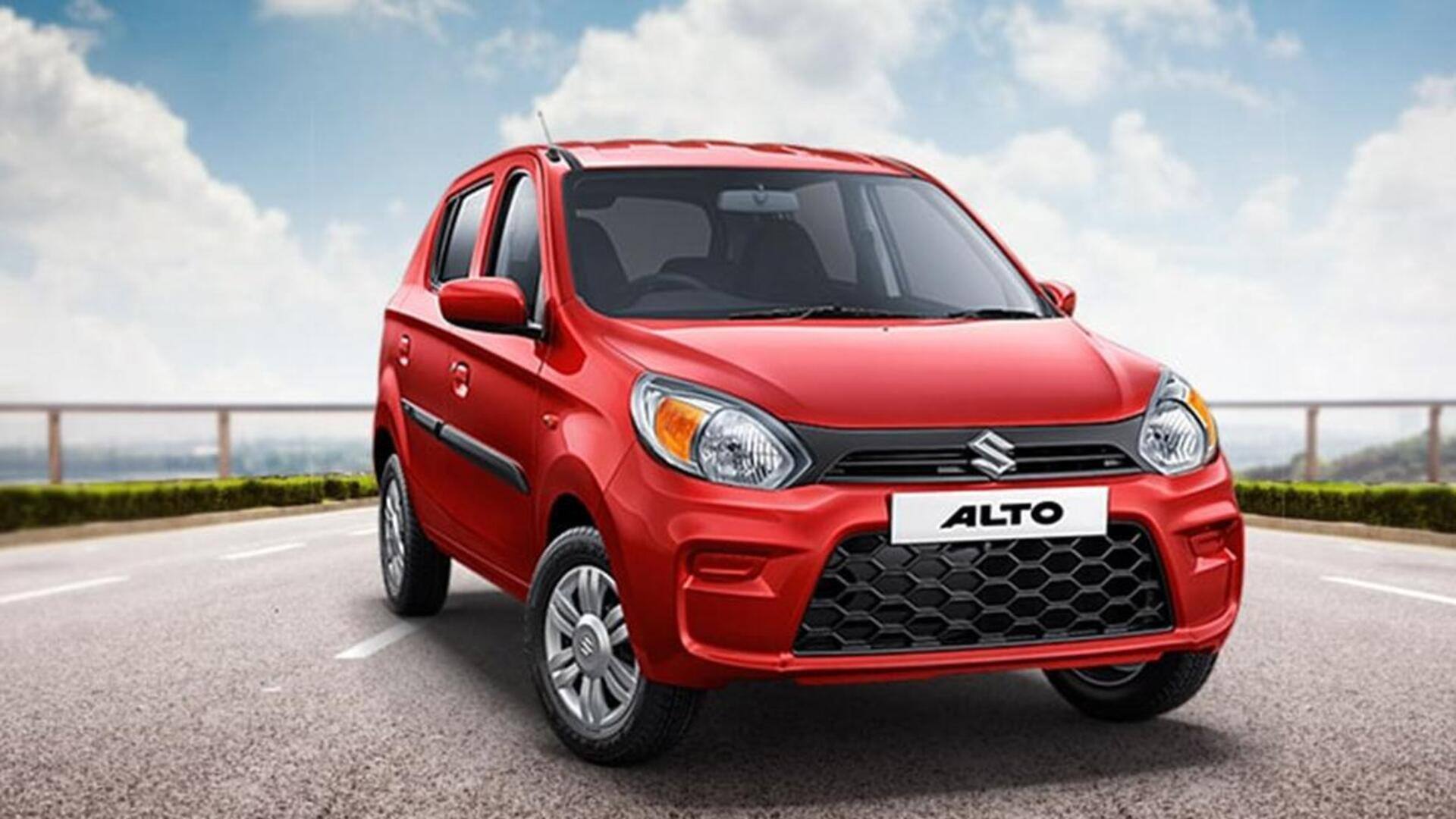
Why hatchback cars are losing popularity in India
What's the story
India's automotive industry is undergoing a major shift in consumer preferences, with a consistent drop in demand for entry-level cars.
Despite the overall growth trend in the passenger vehicles (PV) market, models priced under ₹10 lakh are failing to draw buyers.
This trend was emphasized by Maruti Suzuki's Chairman RC Bhargava during the recent Q2 earnings call.
Market stagnation
Bhargava warns of risks to automotive ecosystem
Bhargava noted that the market for cars under ₹10 lakh isn't just stagnating, but also declining.
He cautioned that this decline risks the entire automotive ecosystem: "Unless the lower end of the market grows, there are going to be no feeders into the upper market."
As entry-level options dwindle, manufacturers are worried about the long-term impact on consumer access to affordable vehicles.
Consumer shift
Subcompact SUVs gain traction, overshadowing traditional hatchbacks
The popularity of subcompact SUVs has also diverted consumer attention from conventional hatchbacks.
The Tata Nexon, Maruti Suzuki Brezza, and Hyundai VENUE have all become popular, thanks to their attractive ₹7.5 lakh-₹10.5 lakh price range, providing a bigger vehicle format that many now prefer.
Bhargava called this a segmentation shift, noting that growth is now largely restricted to pricier segments, leaving cheaper cars hanging.
Market decline
Small car segment's market share plummets
The small car segment, which made up roughly 47.4% of the PV market in FY2017-18, saw its share plummet to around 30% by the first half of FY2024, data from the Society of Indian Automobile Manufacturers (SIAM) shows.
Sales of minicars like the Maruti Suzuki Alto and Renault Kwid declined significantly, with only 78,170 units sold between April and September 2024, a 15.56% slump over the last year.
SUV surge
SUV sales continue to rise in India
The sale of SUVs, which cost anywhere between ₹8 lakh and ₹1 crore (and above), has been increasing over the past few years.
In FY24, the SUV segment's market share in India stood at 50.4%, up from 43% in FY23 and 40.1% in FY22.
According to analysis firm CRISIL, it is projected to touch 54-55% by the end of FY25.
Price hike
Factors contributing to the decline
One of the prime reasons small cars are failing to woo buyers is a spike in the average selling price (ASP), which has shot up from ₹2.5-3.5 lakh to ₹5.5-6.5 lakh owing to higher production costs linked to safety and emissions norms.
Arun Malhotra, an auto industry consultant, noted compliance has resulted in a nearly 40% rise in input costs for entry-level models, rendering them less affordable for first-time buyers.
Competition
Used car market intensifies competition
The used car market has also made the competition for entry-level new cars fiercer. With pre-owned vehicles selling at an average price of ₹4.5-5 lakh, many are choosing second-hand options that fit their budget.
Experts say government interventions, like a GST cut for cars under 3.8 meters, could revive the small car segment.
Without it, the trend of declining sales in the entry-level market will continue, raising concerns over the future accessibility of affordable vehicles for Indian consumers.